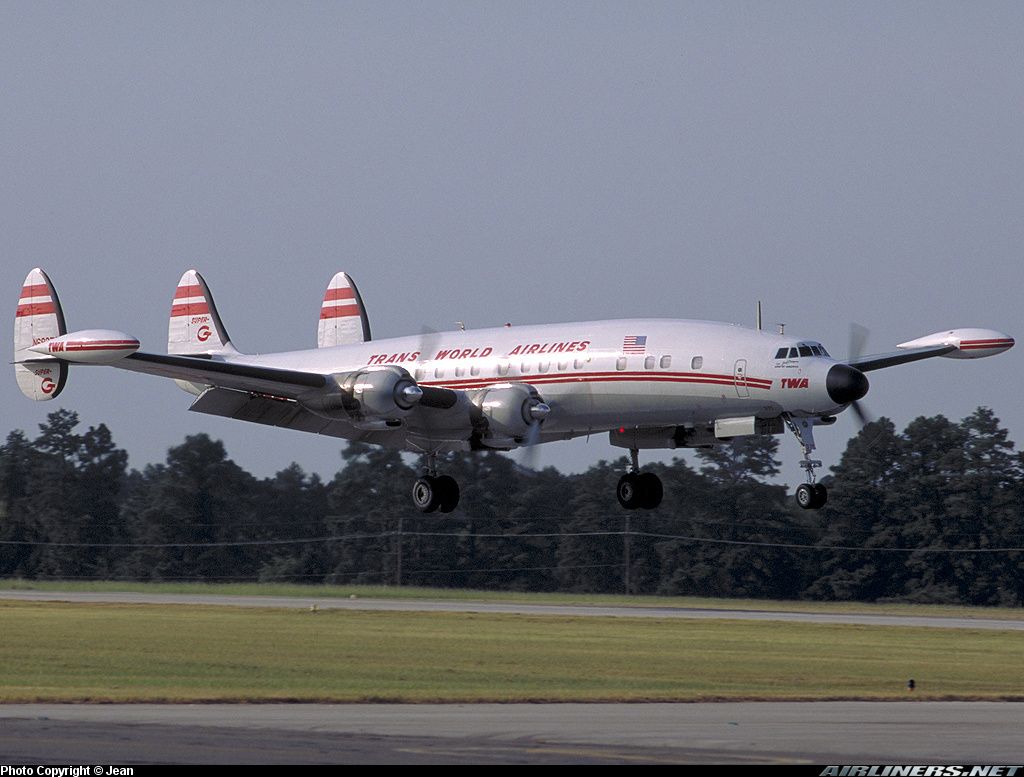rookie1255
Pre-takeoff checklist
- Joined
- Jul 13, 2013
- Messages
- 108
- Display Name
Display name:
rookie1255
So I know that you take off before a jet or land after their landing point. How about if you're holding short waiting for a landing jet before takeoff. Would you try to take off before their landing point or would this take you right through the wake turbulence?
The alternative would be rotating after their landing point. This would have the airplane accelerating though the wake on the ground but then avoiding it on the rotation.
The alternative would be rotating after their landing point. This would have the airplane accelerating though the wake on the ground but then avoiding it on the rotation.





